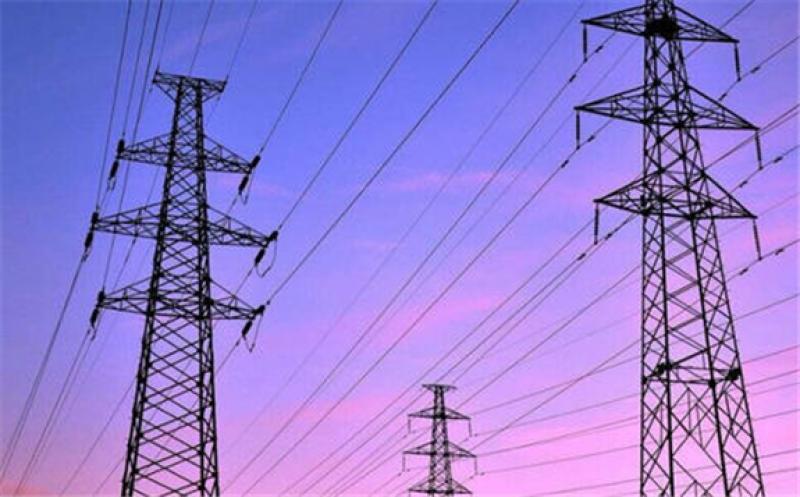Spain ended as a net power exporter to France for the third quarter in a row — something that had happened only once before in the past 20 years — in what may mark the anticipation of an expected structural shift in border flows between the two countries.

March flows ended with France switching back to a net exporter to Spain at 244MW, following the all-time monthly high of 1.46GW of net imports in February.
But even though France was also a net exporter in January at 647MW, the strong flows in the reverse direction last month mean Spain was an average net exporter in the first quarter, at 191MW, preliminary data from Spanish grid operator REE show. The Iberian country also ended as an average net exporter in the two previous quarters, at 100MW in the fourth quarter 2020 and 172MW in the third quarter (see chart).
This is only the second time this century that Spain has ended as an average net exporter to France for three straight quarters. The Iberian country was a net exporter between the fourth quarter of 2009 and the second quarter of 2010 and had been typically a net importer since. Before the third quarter of last year, it had last ended as a net quarterly exporter in the first quarter of 2014.
REE historical figures dating back to 1990 show that Spain has never been a net exporter to France for four quarters in a row, although it has ended as an average net exporter in three years — 1990, 1991 and 2010.
Structural shift
Spain historically was a net importer from France mostly because of a much stronger French nuclear fleet — currently at 61.1GW, compared with just 7.1GW in the Iberian country — which meant a greater dependence on fossil fuel generation.
And since 2013, Spain has been subject to a 7pc tax on all power generation, which was recently upheld by the European Court of Justice. The tax is internalised in market participants' offers in the day-ahead wholesale power market, directly affecting Omie day-ahead settlements and thus spreads with France and other European markets.
Still, strong renewable additions in Spain since 2019 have been displacing domestic fossil fuel generation from the mix, narrowing the gap between Spanish and French day-ahead prices and thus tightening border flows.
Spain's net imports from France fell consistently in the past years — to less than 600MW in 2020 from 1.1GW in 2019 and 1.36GW in 2018. And the Omie day-ahead pool has settled at a premium of €1.73/MWh to the French Epex Spot last year, narrowing from €8.22/MWh in 2019 and €7.14/MWh in 2018.
The Omie ended at a €7.78/MWh discount in the first quarter of this year, widening from discounts of €2.02/MWh in the fourth quarter and €1.48/MWh in the third quarter of last year. France last delivered at a quarterly premium to Spain in the first quarter of 2017.
Renewable additions
Wind capacity rose by almost 1.49GW to 26.92GW in mainland Spain last year.
This followed an even stronger increase of nearly 2.32GW in 2019, fuelled by capacity auctions in 2017 that had a grid connection deadline of 31 December 2019 for the winners.
And solar photovoltaic (PV) capacity additions grew even faster than wind, with installed capacity for the technology more than doubling — it rose by 4.18GW in 2019 and 2.79GW in 2020 to reach 11.44GW.
Wind and solar PV capacity changed little from 2013-18 owing to power-sector reforms in 2013.
The higher installed capacity and favourable weather conditions pushed Spanish wind generation to its highest in at least 15 years so far this year, while solar PV output has been at an all-time high.
Renewable additions are expected to remain strong over the next years, especially as the Spanish government has recently restarted capacity auctions after a gap of three and a half years. A total of 3.03GW was allocated in January at a weighted average price of €24.74/MWh, for a remuneration period of 12 years starting on 30 September 2023 in the case of solar PV plants and 30 September 2024 for wind units.
The Spanish environment and energy ministry plans to launch another auction later this year. It has an indicative calendar for at least 19.54GW of renewable capacity to be auctioned until the end of 2025, including a minimum of 10GW of solar PV and 8.5GW of wind.
Spain's National Energy and Climate Plan estimates 59GW of new renewable capacity would be needed in 2021-30, more than 5 GW/yr.
Outlook
Price spreads between the Spanish and French base-load second-quarter 2021 contracts suggest France will be an average net exporter in April-June, putting an end to the series of consecutive quarters as a net importer.
But spreads have been tighter than in previous years. The Spanish 2Q21 premium widened to a 19-session high of €2.70/MWh at its expiry yesterday but averaged €1.37/MWh in March, lower than averages of €6.73/MWh in the same period last year, €11.31/MWh in 2019 and €12.80/MWh in 2018.
And while Spain is also priced as a net importer in the third quarter, it is an implied net exporter in the fourth quarter and calendar years. Spain ended with a €7.75/MWh premium to France for the third quarter and a €5.85/MWh discount for the fourth quarter yesterday.
The Spanish 2021 contract expired at €51/MWh on 31 December last year, a €1.30/MWh discount to the equivalent French base load. The Spanish contract averaged €44/MWh as the front year, also at a discount to France, although slightly narrower at €0.84/MWh.
Annual cross-border capacity for 2021 delivery was auctioned last December, with Spanish power selling at an implied discount for the first time since 2011. A total of 800MW sold at €4.36/MWh in the France-Spain direction, while a similar volume cleared at €5.03/MWh in the opposite direction — an implied Spanish discount of €0.67/MWh.
The Spanish calendar 2022 ended yesterday at a €4.65/MWh discount to the equivalent French base load, while calendar 2023's discount was almost double at €9.10/MWh.
This article is reproduced at www.argusmedia.com







